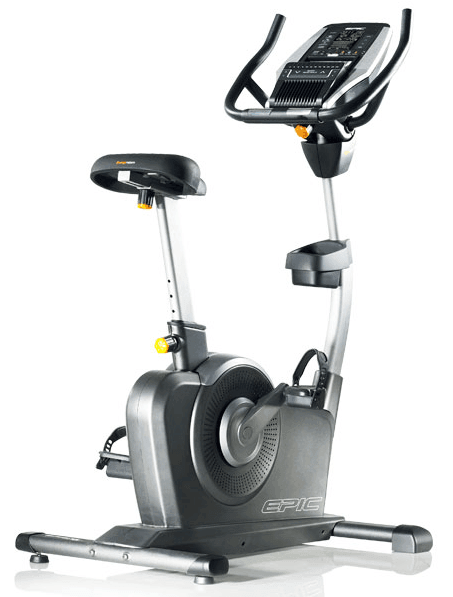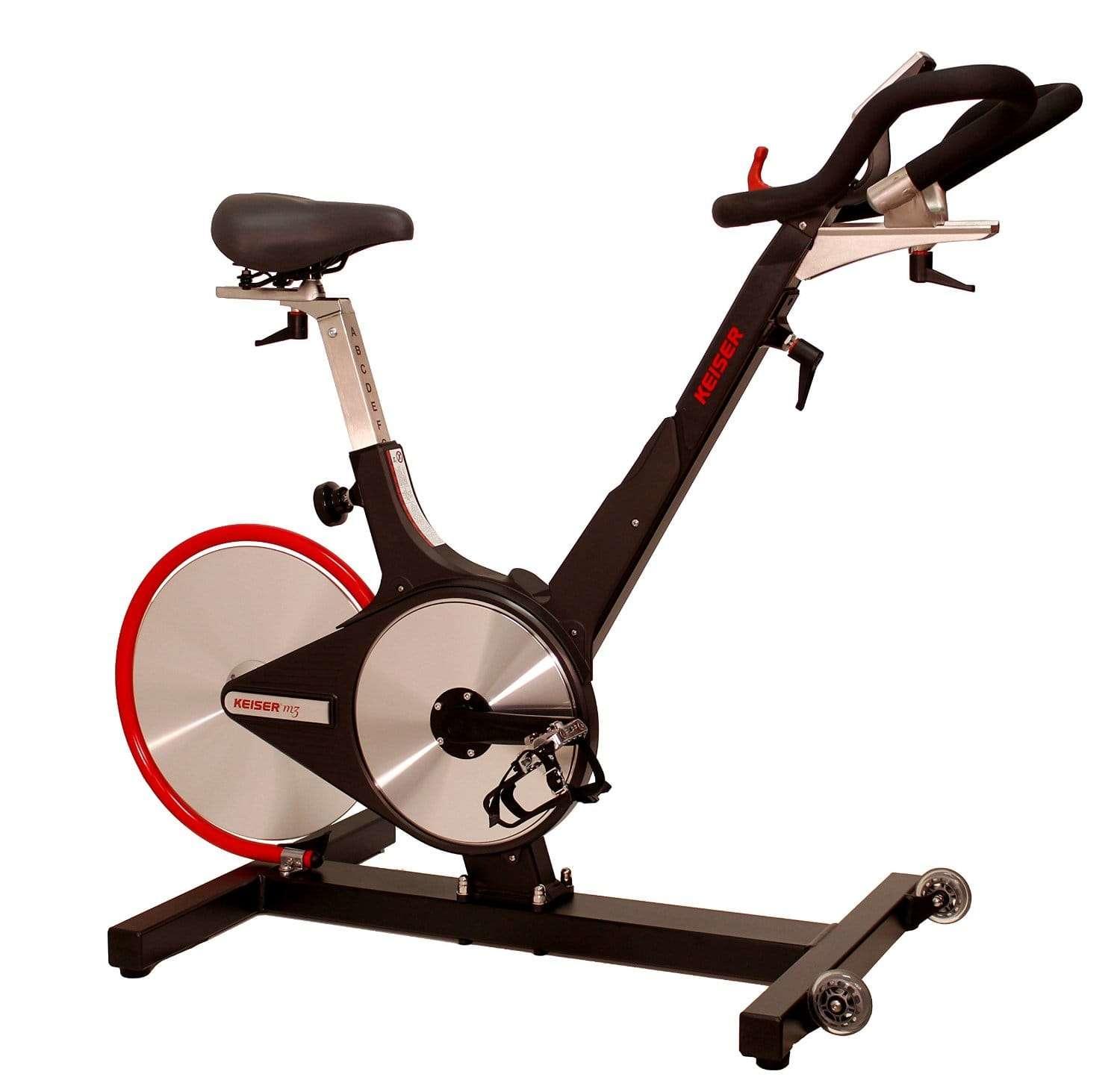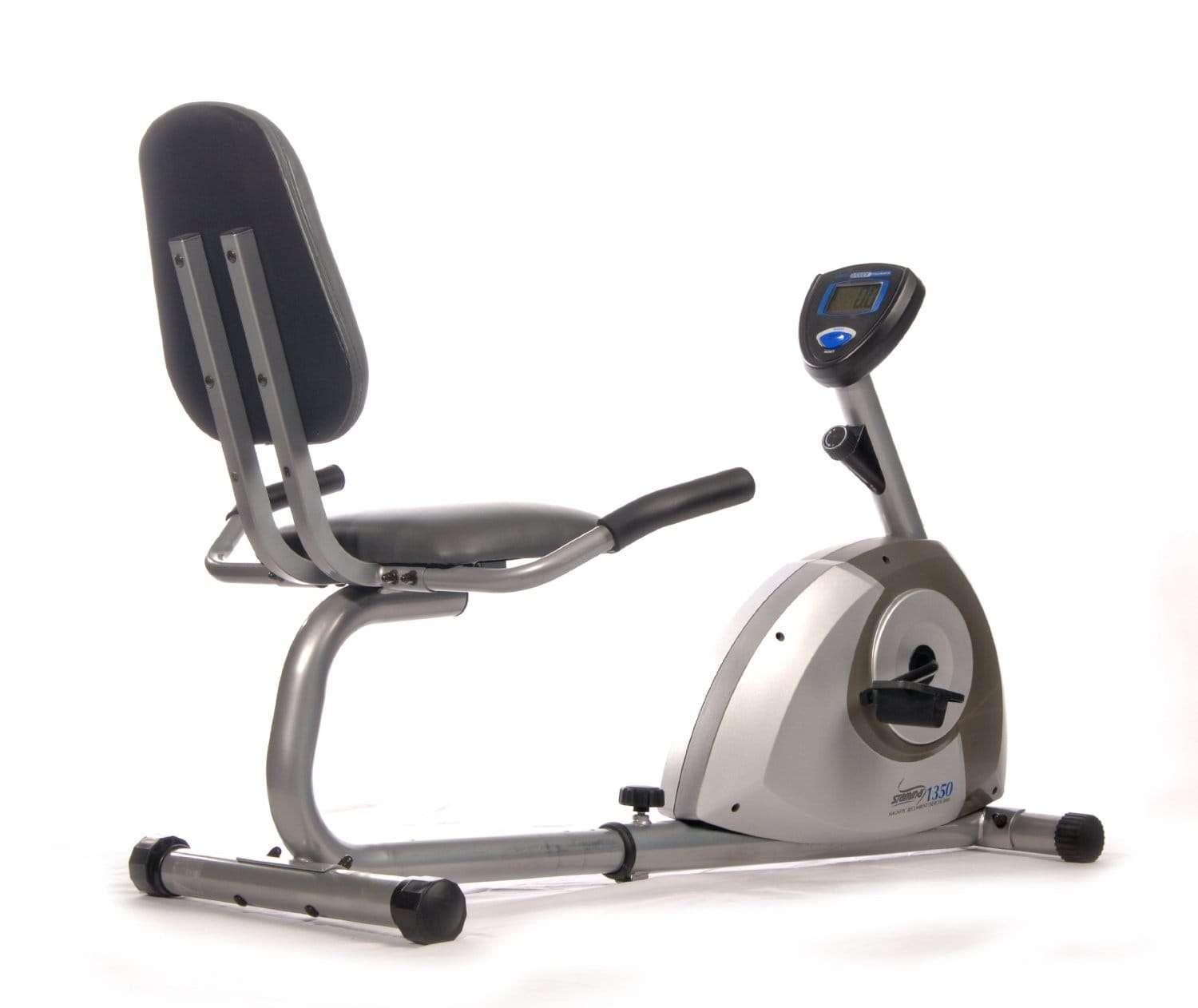SHOPPERS’ GUIDE
3 Types of Exercise Bikes
There are three types of exercise bike to choose from. Choose an upright bike for the classic exercise bike experience, a recumbent bike to be gentler on your joints, or an indoor cycle trainer for the best approximation of riding an outdoor bike.
Upright Bikes

These are the best upright bikes based on a variety of sources. Consider them our our top picks...
Upright bikes are the most traditional exercise bikes. They are often referred to as “stationary bikes.” Some upright bikes provide only light resistance, but others will even challenge the fittest of trainees. These bikes are designed for cardiovascular training, weight management, and toning the lower body.
Indoor Cycle Trainers

These are the three best indoor cycles based on a variety of sources. Consider them our top picks...
Indoor cycle trainers offer the most intense exercise. Also known as spin bikes, indoor cycle trainers have the heaviest drives. Even more than upright exercise bikes, they support riding positions that simulate an outdoor race bike. More importantly, their resistance systems best reproduce the sensation of riding a regular bicycle. Their pedals are often compatible with clip-in cycling shoes.
Recumbent Bikes

These are the three best recumbent bikes based on a variety of sources. Consider them our top picks...
Recumbent bikes are the gentlest exercise bikes. Recumbent bikes have seats that feel like chairs with lumbar support and let riders lean back to cycle. These are the most appropriate bikes for physical therapy and for preventing exercise-related injuries. They are called “low impact” because they put minimal stress on the joints, but still support cardio training, calorie burn, and muscle toning.
Important Features of an Exercise Bike
Heavy Flywheels: All things being equal, heavier flywheels support smoother rides. They also offer more challenge at the highest tension levels. Indoor cycle trainers or spin bikes generally have the heaviest flywheels, weighing 40 pounds or more. Recumbent and upright stationary bikes typically have flywheels that weigh between 12 to 32 pounds.
Workout Programs: There is quite a bit of variation in the number of preset workout programs included with any exercise bike. Most upright bikes and recumbent bikes guide trainees with programs, but some have none. Most spin bikes don’t have any workout programs (with the exception is the Diamondback 910Ic Indoor Cycle Trainer that offers 18). The type of programming varies too. Many bikes at least lead trainees through basic programs such as 5K rides and hill climbs. Some have more advanced heart rate controlled workouts, while some of the most advanced bike workouts involve interactive video. The most engaging workouts are offered by NordicTrack, ProForm, Horizon Fitness and Vision Fitness.
Adjustable Handlebars and Saddles: Most bikes let you adjust the handlebars and seats, but the amount of adjustability varies. This can make a huge difference to particularly short or tall riders. There’s also variation in the grip styles and stances supported by various handlebar designs. This can be especially important to competitive cyclists who want to replicate the feel of outdoor training.
Easy-Read Display: Most exercise bikes provide workout data. At minimum, they show distance, time, speed, and calories burned. Ideally they show heart rate data too. The best console screens are backlit for low-light conditions. Some bike consoles have rather old but sufficient technology, such as monochrome LCDs. Others feature full-color touch screens.
Entertainment: Some of the most popular exercise bikes provide distractions from exercise. They have sound systems, web browsers, tablet computer holders, and/or magazine racks. NordicTrack bikes are good examples of machines built to include entertainment.
Warranty: Exercise bike warranties break down into three sections: the frame, the parts, and labor. Parts coverage is almost always shorter for commercial exercise bikes, yet these will almost always last for a long time in home gyms.
Power Source: Power sources for exercise bikes include AC cords, batteries, and even riders! Some exercise bikes generate power from trainees’ exercise. This option is good for electricity bills and the environment, but makes it difficult to track data as the console will power down the second that riders stop moving. So, users who want to track their data will want an exercise bike with a traditional power source.
Wireless Heart Rate Monitors: Getting an accurate pulse reading can help you exercise more efficiently. Tracking your heart rate over time is a great way to assess your fitness progress too. The best exercise bikes have wireless heart rate receivers. Usually the required chest strap is sold separately. Cheaper, non-wireless pulse readings are provided on exercise bikes at all price points. These tend to be inaccurate.
Comfortable Seating: Recumbent bikes are known for their comfortable seats, which look like office chairs with good lumbar support. Some brands provide nicely contoured seats with a decent amount of cushioning for upright exercise bikes and spin bikes, while others don’t. We have noted complaints about uncomfortable seats in some of our exercise bike reviews. However, adding a gel-filled seat topper can usually alleviate the discomfort. Occasionally you can replace the seat with ease because it’s interchangeable with those made for road bikes.
Good Pedals: On cheaper exercise bikes, pedals are often a problem. They are among the first parts to break. Exercise bike pedals usually have toe cages and/or toe straps. Some are oversized, letting people reposition their feet during exercise. Others are made especially for clip-in cycling shoes and are interchangeable with those from road bikes.
Water Bottle Holders: Most exercise bikes have water bottle holders. An obvious, yet much-appreciated feature.
Resistance Type: The main types of resistance are mechanical and magnetic. A well-made magnetic resistance system is more durable and operates more quietly than a mechanical system. Mechanical resistance involves parts of the machine touching, which creates friction that will wear down the components over time. Magnetic resistance (aka eddy current resistance) involves no physical contact between parts. Some people do prefer mechanical systems though. These systems let the rider control tension with a knob, so they offer infinite resistance options instead of being restricted to 20 or so discrete levels of resistance. An example of a spin bike with mechanical resistance is the low-priced Schwinn IC2, which uses felt brake pads. The popular Keiser M3 spin bikes (which cost more) use magnetic resistance. A few rare bikes use air resistance, which has the rider pedal against the flow of air from a fan. This is very smooth and can adapt to any fitness level. However, air bikes aren’t as quiet as magnetic resistance bikes.
